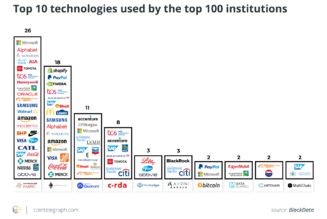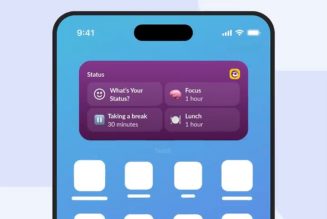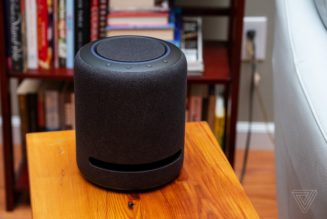The game’s new player counts could help creators see how their islands stack up with Epic’s own popular creations.
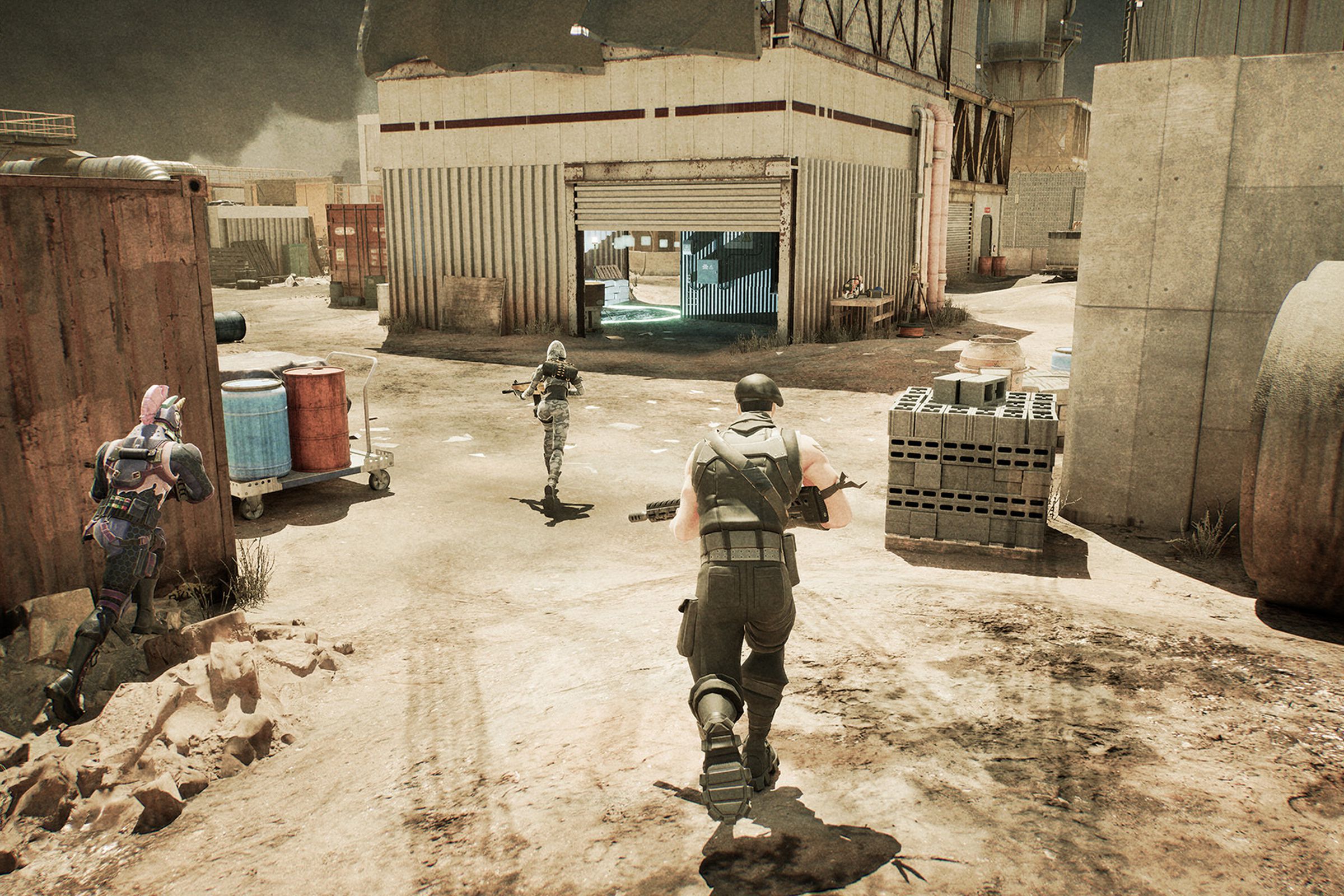
Fortnite’s Discover tab, which lets you pick from Epic Games-made modes like Battle Royale or experiences from non-Epic creators, now show how many players are currently participating in any given experience. The change was officially rolled out on Wednesday, and it could be an important tool for creators to benchmark their work against Epic’s official modes.
You can see the player counts in the game’s Discover tab, which represent the global number of players in-match at any given time, Epic spokesperson Dan Walsh tells The Verge. Based on what I saw, it’s overwhelmingly clear that Epic’s Battle Royale and Zero Build (the no-building Battle Royale introduced last year) are dramatically more popular than any experiences made by non-Epic creators.

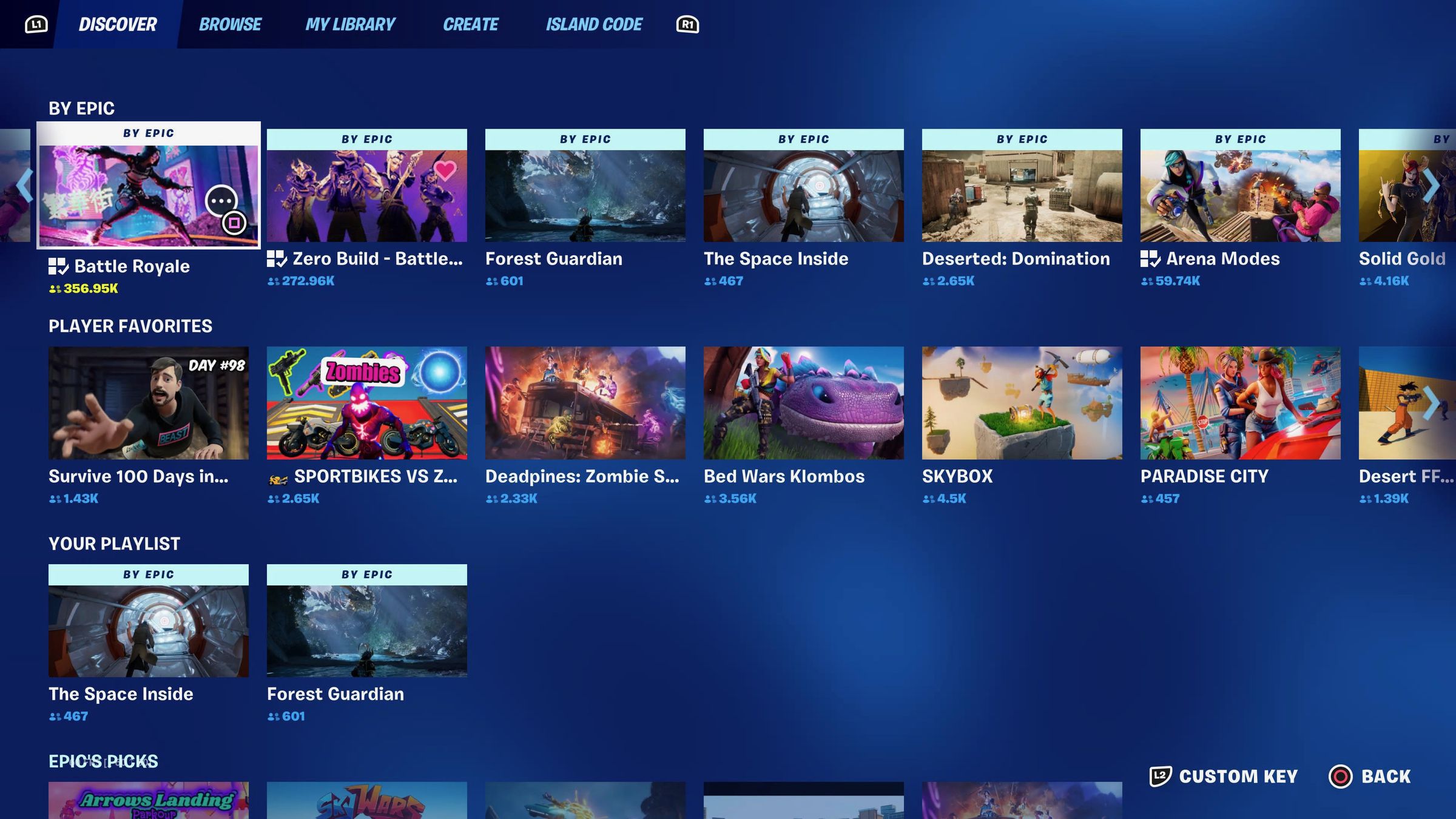
Just before publishing this story, Battle Royale hovered at around 343,000 players and Zero Build at around 255,000 players, but the highest count I could find on a non-Epic experience had around 22,000 players. That experience was by far the exception; post in the “Popular” section of Discover had player counts in the thousands, and many in other parts of the catalog only had triple or double digits.
And the vast majority of playtime in Epic’s own creations is consumed by the two Battle Royale modes. By my math, the Battle Royales had just under 600,000 players when I was tallying, while the rest of the experiences in the “By Epic” row added up to just over 108,000 players. It isn’t really a surprise that the Battle Royales are the most popular — Epic puts a lot of work into keeping them fresh — but now we have to numbers to prove that.
Until now, there weren’t public metrics to determine how many people were playing a creator-made island instead of one of Epic’s, so these numbers will be important as creators try to figure out how they measure up in the new world of Epic’s “Creator Economy 2.0” for Fortnite. Under the new system, Epic will pay out 40 percent of Fortnite’s net revenues to creators based on engagement with their “islands” (Epic’s word for in-game experiences), but Epic is also going to receive money from that pool to cover its game development costs.
The new metrics also put Epic on more even footing with Roblox, which also shows player counts while you’re browsing the available experiences. That allows us to make some interesting comparisons — when I checked Roblox, there were apparently about 449,000 people playing on of the platform’s most popular experiences, Brookhaven RP, which is about 116,000 more people than were playing Fortnite’s signature Battle Royale mode. I would guess the player counts across platforms aren’t entirely an apples to apples comparison, but I think that Brookhaven number still represents just how huge Roblox is.
(Player counts aren’t the only Roblox-like aspect in Fortnite, by the way: Roblox also has a Discover tab, and roblox.com and fortnite.com are largely filled by rows of different experiences you can learn more about right from those homepages.)
I think Epic’s choice to increase transparency with player counts is a good one. Epic has talked a big game about wanting to bring more creators into Fortnite, and this tiny shift could make the platform feel more competitive. We’ll have to wait and see if creators can actually make something that rises to the popularity of Battle Royale, but at least we’ll now be able to track that.





